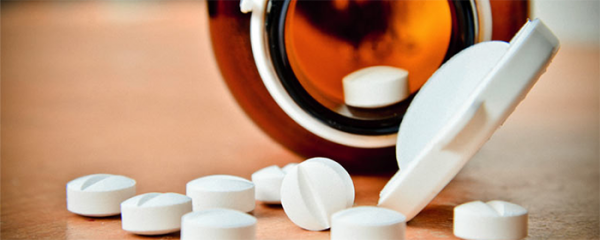Liver protection after hepatitis C treatment is the key to successful recovery

The launch of direct-acting antivirals (DAAs) in recent years has made a huge impact on the treatment of hepatitis C. Not only has this new option made viral clearance possible for many patients, it also has been proved to have higher success rate than traditional interferon treatment. Studies have shown that DAAs can produce a 90% sustained virologic response (SVR) rates for most HCV genotypes. [1] However, are these DAAs the perfect magic potion patients have been longing for?
There is no doubt of the effectiveness of DAAs however there are also shortcomings that cannot be neglected. First, these antiviral drugs were only designed to eradicate the virus; they do not help with the recovery of liver cells, nor can they reverse fibrosis or cirrhosis. Once the virus has been eradicated from the body, the cause of liver damage is removed, but what has been damaged remains damaged. Therefore, even after successful antiviral treatment, the patient must rely on the liver’s self-repair ability to regenerate new healthy liver cells, before normal liver function can resume.
Second, recent studies found that DAAs are associated with an increased risk of HCC recurrence. The two different studies indicate that patients infected with hepatitis C virus who received DAA therapy were more likely to experience a recurrence of hepatocellular carcinoma (HCC) or liver cancer than those who had no previous history of the disease. [1] One study pointed out that high recurrence rate of HCC can occur in hepatitis C patients taking these antiviral drugs, especially cirrhotic patients. [2] In another research, a “high rate” of HCC recurrence has also been found in patients who had received prior DAA therapy. [3]
In view of the above, the path to recovery and health must not stop at DAAs and eradication of the virus. Close monitoring and follow up is necessary for patients on DAA treatment and those who have achieved SVR, especially those with fibrosis or cirrhosis, as these are the most important risk factors for developing HCC. As mentioned previously, DAAs cannot help to treat fibrosis or cirrhosis. Thus, patients must rely on other methods for recovery and prevention of HCC.
One option is YHK, a natural liver therapy from Japan. It has been scientifically proven to help to regenerate healthy liver cells, repair damaged ones as well as prevent or halt cirrhosis. It contains anti-fibrotic properties which can protect and improve liver function. Clinical studies indicate that YHK is effective in reducing ALT and AST levels in patients, normalizing liver function and reversing early liver fibrosis and cirrhosis. [4] In addition, YHK has anti-tumor effects that help to prevent liver cancer. All these properties can help to decrease the risk of liver cancer and liver failure. [5]
To date, there is not a single product that can guarantee restoration of liver function and liver health. But with YHK, the shortcomings of DAAs can be compensated. Together, they provide an all-rounded treatment that cover virus clearance and long term protection. “If you don’t treat these patients and ameliorate their liver function, and if hepatocellular carcinoma occurs, you have no chance of curing them. But if you ameliorate liver function and they develop hepatocellular carcinoma, you can cure it better because their improved liver function will allow an ablation.” - Dr Brillanti, investigator of one of the studies. [1] The development of DAAs is no doubt one big step for hepatitis C patients toward health, but post treatment protection such as YHK is also important to ensure long-lasting liver health, especially for patients with cirrhosis.
- Direct-Acting Antiviral Treatment Linked with HCC Recurrence for Patients with Hepatitis C Infection. (2016). Retrieved from www.targetedonc.com/publications/hcc-monitor/2016/june-2016/direct-acting-antiviral-treatment-linked-with-hcc-recurrence-for-patients-with-hepatitis-c-infection?p=2#sthash.pRFxIEMR.dpuf (Accessed: 2016-07-17)
- Development of hepatocellular carcinoma in HCV cirrhotic patients treated with direct acting antivirals. (2016) Retrieved from http://www.natap.org/2016/EASL/EASL_81.htm (Accessed: 2016-07-17)
- Unexpected early tumor recurrence in patients with hepatitis C virus-related hepatocellular carcinoma undergoing interferon-free therapy: a note of caution. (2016). Retrieved from http://dx.doi.org/10.1016/j.jhep.2016.04.008 (Accessed: 2016-07-17)
- YHK, A Novel Herbal Remedy with Effective Anti-fibrotic Action, in Chronic Liver Disease: A Pilot Clinical Study Aiming to a Successful Integrative Medicine Development
- Inhibitory Action of a Novel Phytotherapeutic Compound Against Human Hepatoma Cells
- * All research and clinical data should be used as reference purposes only, results may vary.






